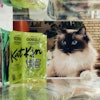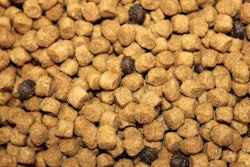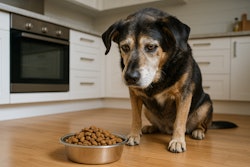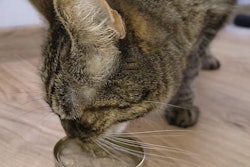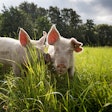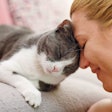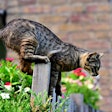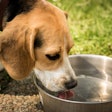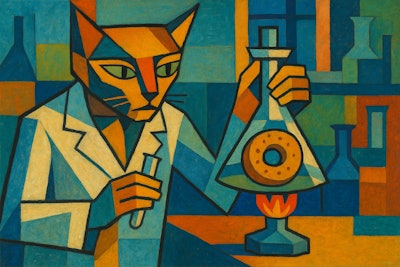
Cat’s wild ancestors didn’t get many carbs from their diets of small mammals, reptiles and birds. Before the rise of the pet food industry, domesticated cats likewise only ate the grains and plant sugars that were their prey’s last meals. However, that doesn’t mean cats can’t handle some carbohydrates in their diets. A meta-analysis examining the effects of dietary carbohydrates in commercial cat foods challenged the idea that higher carbohydrate content contributes to obesity, insulin resistance, or elevated glucose levels in cats.
The meta-analysis comprised 16 peer-reviewed studies examining the dietary macronutrient composition and feline metabolic health markers. The outcomes analyzed were body fat mass, fasting insulin and fasting glucose concentrations. The researchers accounted for dietary fat, protein and carb content measured as nitrogen-free extract (% metabolizable energy), as well as daily energy intake and body weight, while also considering individual study design parameters.
Among the 16 studies, the scientists identified three themes.
1. No positive association between dietary carbohydrates and obesity or insulin resistance
Increasing dietary carbohydrate content was not associated with increases in body fat mass, fasted insulin or glucose concentrations. In fact, in lean cats, higher nitrogen-free extract content relative to energy intake was correlated with reduced body fat mass. Fasted insulin levels were more closely associated with body fat and dietary fat rather than carbohydrate content.
2. Dietary fat, not carbohydrate, linked to increases in body fat mass
High-fat diets (>35% metabolizable energy) consistently promoted greater energy intake and weight gain under ad libitum feeding conditions. Several models demonstrated that increased dietary fat, rather than carb content, was a more reliable predictor of higher body fat mass and fasting insulin levels.
3. No significant effect on fasted glucose
Across 14 studies, no significant relationship was observed between macronutrient composition and fasted glucose levels. This may be due to metabolic adaptations of domestic cats. As obligate carnivores, cats prioritize gluconeogenesis from amino acids and show slower glucose clearance rates compared to omnivorous species.
“The results of this meta-analysis indicate that dietary carbohydrates (NFE), included between 2.8% and 57% metabolizable energy, are not a risk factor for greater body fat mass, fasted insulin, and glucose concentrations in cats, suggesting that NFE does not pose a risk for feline obesity, insulin resistance, or hyperglycemia,” the study authors wrote in the Journal of Animal Science. “However, future studies should consider postprandial responses of insulin and glucose to macronutrient compositions to further investigate the role of dietary carbohydrates on insulin resistance in cats, with particular attention to the role of dietary fat, and the role of body condition.”
While the models showed moderate predictive power, limitations included small sample sizes, heterogeneity in study design and lack of control for variables such as sex, age, neuter status and feeding regimen. Most studies fed cats their maintenance energy requirements, potentially minimizing diet-induced changes in body fat mass. Only fasted insulin and glucose values were analyzed to ensure consistency across studies. This limited insight into postprandial metabolic responses, which is potentially a more sensitive indicator of insulin resistance.
Implications for pet food formulation
These findings may prompt re-evaluation of long-held assumptions about the metabolic risks associated with carbs in cat food. While the industry has increasingly shifted toward low-carb, high-protein formulations, the evidence suggests that dietary fat may play a more significant role in driving excess fat storage and insulin issues.
Overall, the analysis highlighted the complexity of pet cats’ metabolism and emphasized the importance of considering both energy intake and body composition in conjunction with macronutrient ratios. As dietary carbohydrate content increases, the displacement of fat or protein must also be considered when assessing metabolic effects.
While carbohydrates have a bad reputation in current human and pet diet trends, evidence suggests that carbs may not always be metabolic villains. Instead, dietary fat intake and overfeeding behaviors warrant closer scrutiny in the fight against cat obesity and metabolic disease. These findings support a more nuanced view of macronutrient formulation in feline diets. Reducing fat levels or monitoring total energy intake may be more effective strategies for managing feline weight and metabolic health than simply minimizing carbohydrates. Tim Wall using DALL-E
Tim Wall using DALL-E

